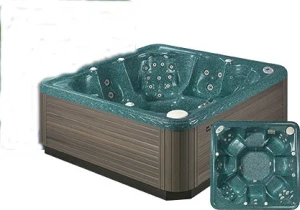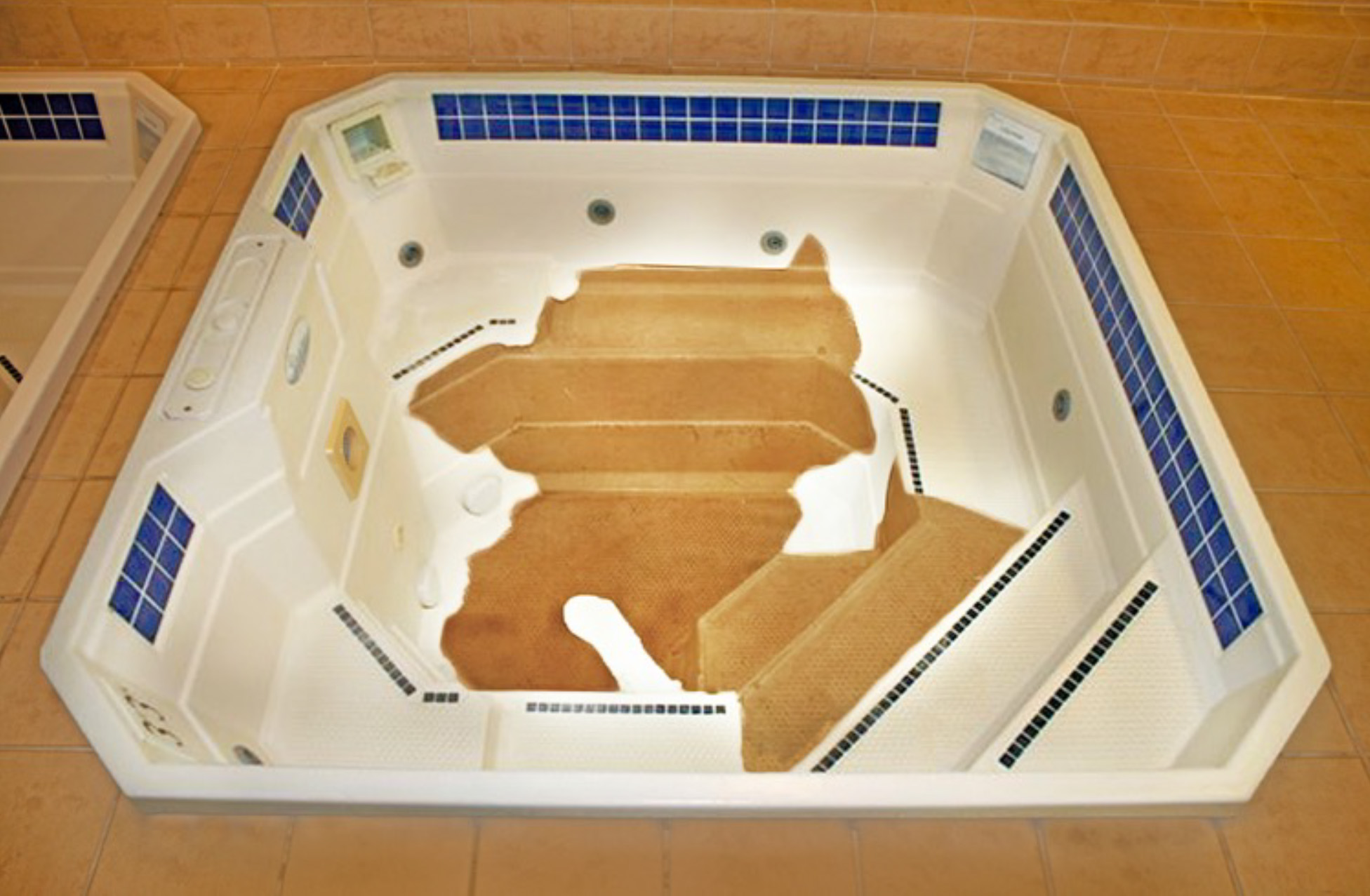John, a professional spa surface repair contractor, inquires about simplifying spa blister repairs by injecting resin into the blisters as an alternative to the more detailed process recommended by Multi-Tech Products. While the suggestion aims to streamline repairs, it unfortunately falls short of providing the durable, warranty-backed outcomes that both contractors and manufacturers seek.
Spa blisters can be a vexing issue, manifesting as raised areas filled with fluid, primarily water, beneath the spa’s surface. These blemishes not only mar the spa’s aesthetic but can also hint at deeper structural issues, such as delamination or moisture penetration within the fiberglass reinforced plastic (FRP) backing. The root cause of these blisters often lies in the wetness within the FRP, a critical problem that simply injecting resin fails to address.
The method John mentions, known as the “poke and roll-out” procedure, involves puncturing the blister to drain the fluid and attempting to re-adhere the softened acrylic surface back into place. However, this approach is fraught with challenges:
For a repair to be both effective and enduring, it’s essential to remove the blister entirely, eliminate all fluid and thoroughly dry the affected area. This process involves:
This meticulous procedure ensures that the repaired area is fortified against future moisture intrusion and structural weakening, aligning with the standards expected by manufacturers and customers alike.
While seeking efficiencies in repair processes is understandable, the integrity and longevity of spa repairs should not be compromised. John’s inquiry highlights a common desire for simplification in repair methodologies. However, the detailed approach advocated by Multi-Tech Products underscores the importance of addressing not just the symptoms but the root causes of spa surface issues. For spa repair contractors, adhering to these comprehensive repair protocols means delivering repairs that stand the test of time, ensuring customer satisfaction and upholding the quality standards expected by the industry.



Find all the essential information about Multi-Tech Products, from contact details to terms of service, in our comprehensive footer section. We’re here to help you with all your surface repair needs.

Your order has been confirmed & it is on the way. Check your email for the details